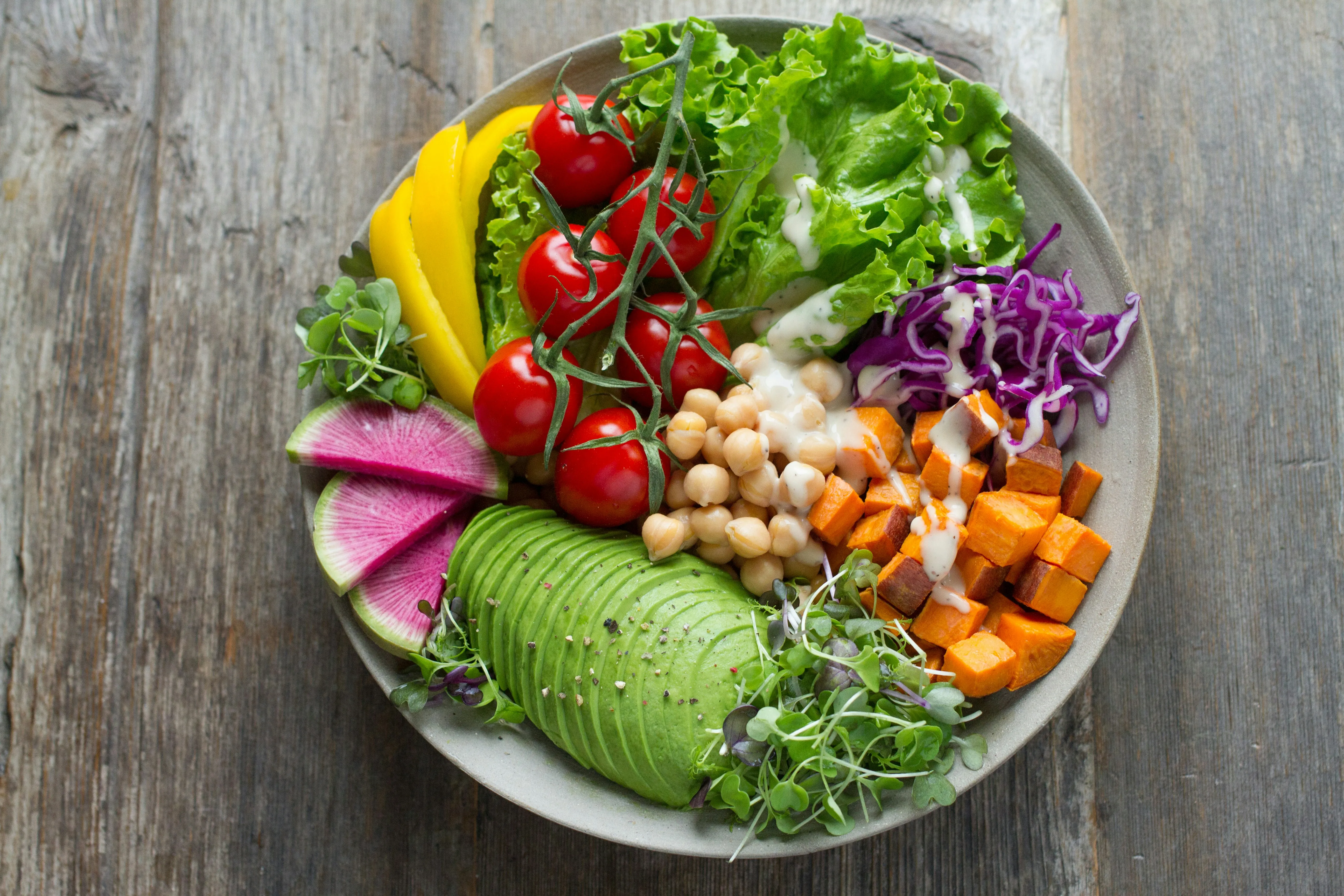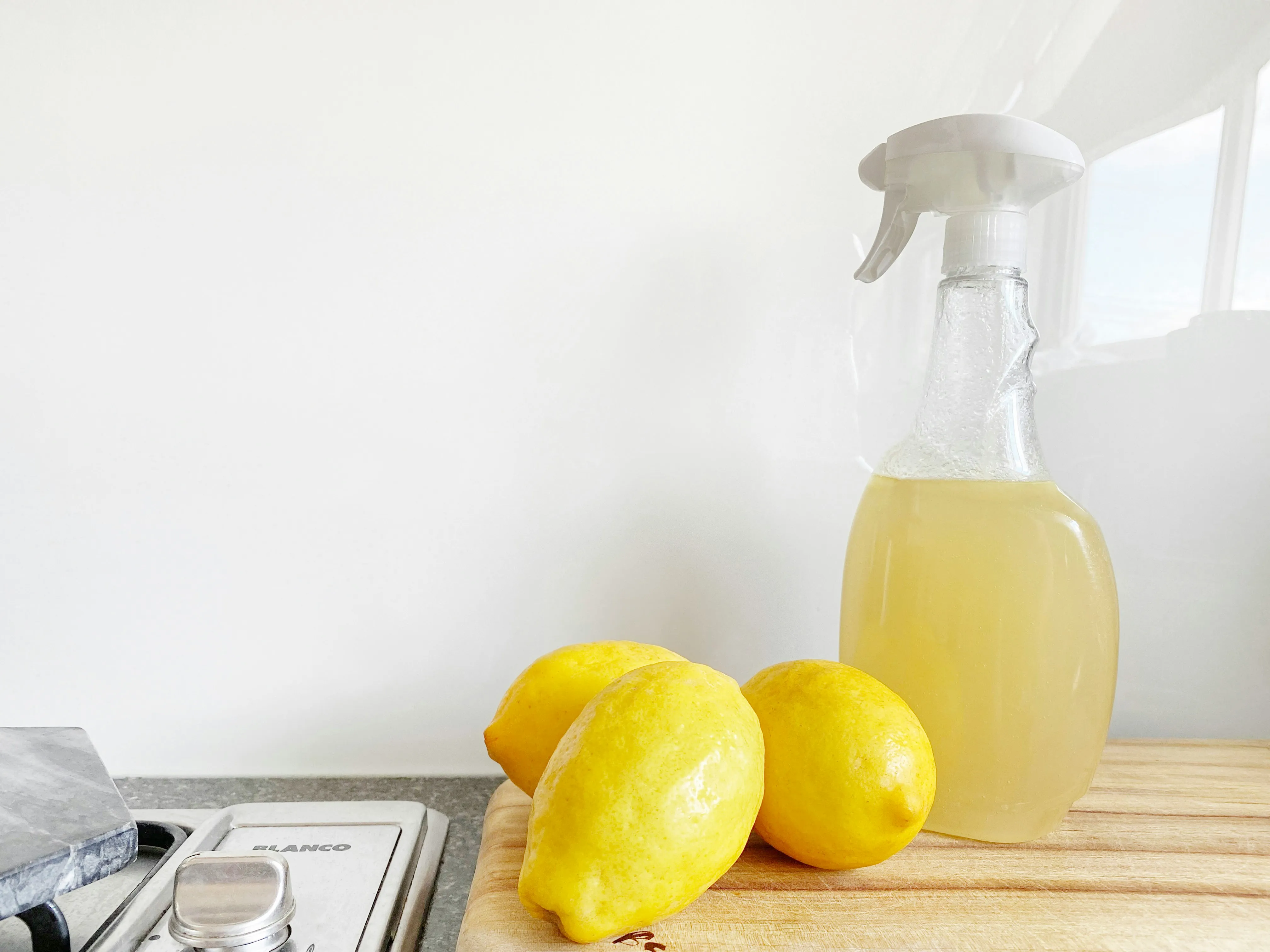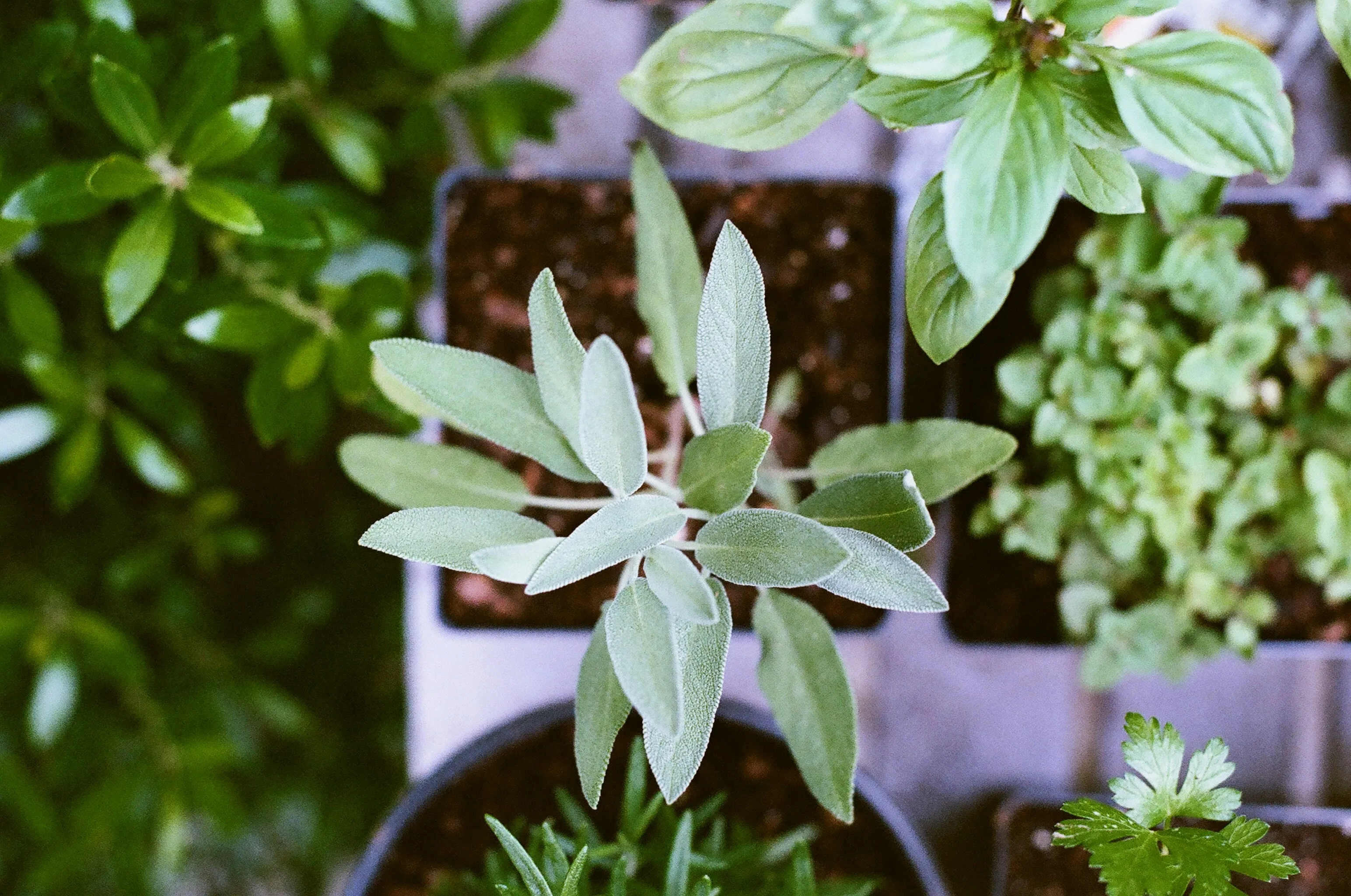Backyard gardening
You are ready to take the next step in your commitment to contribute to a more environment friendly way of living! You did your energy audit (if not, have a look at a previous blog) and made some adjustments, now you are ready to take a good look at your backyard and see where you can make improvements in that area where you can do your part for a better healthier earth.
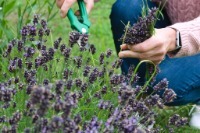
Work with nature
Ideally your backyard should mirror the nature that it is surrounded by. If you live somewhere with a dry climate, you need vegetation that can handle the warmth and dryness. Or if you live in a region where rain is plentiful, your garden will thrive with a good water drainage system. Just have a look around in your neighborhood and ask local gardeners what they would advise you for your garden and how you can start your eco-friendly way of living ambitions.
Where to start?
You want to make changes to your garden, so it is more resistant to the climate and you are curious which adaptations you can do that will contribute to a healthier eco-friendly backyard where without any worries you can let your kids play.
Okay your goal is clear, but first start with what you would like to have in your garden and honestly how much time you want to dedicate to your new backyard garden. Cause, let's face is; A green perfect cut lawn needs more upkeep than a natural wild flower garden with trees and bushes.
Work with what you have
Of course you don't have to realize your perfect eco-friendly garden in one season, you can make a plan and divide your garden in several areas.
You could have a look at where you want to entertain, relax or just enjoy a patch with colorful fragrant flowers or you would like a nice place to find shade on those warm sunny days. Divide your garden and focus on one area to start with.
What could you do?
You made a plan and know what area in your garden you are going to tackle first. What could you do to make that area more eco-friendly and that it will contribute to a healthier thriving little piece of earth?
Earth
Start with the soil you have. How can you enrich that soil with natural ways of feeding that soil without chemical products or chemical fertilizer?

One way is to start with producing your own compost.
For compost, you need a compost bin that you can place somewhere in your garden where it is protected against the elements. For compost you need green and brown material and just the right amount of water. Green material like (organic) vegetable peels and cuts or greens from the garden. Brown material like hay of wood chips. You need water to get it all going, but just enough to get the composting started and don't use too much water as it will start rotting and all your efforts are in vain.
Note: be careful what you put in your compost, remove seeds from vegetables(else they will germinate next year) No oil or grease, no tomato plants(risk of adding a disease in your compost) and no chemical sprayed or fertilized greens from the garden.
If you would like to start with making your own compost, the United States Environmental Protection Agency has more information.
You can find more here!
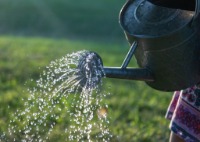
Water Management
Is your garden dry of do you have an abundance of water and need to deal with that?
If you have a lack of water, find ways to contain as much of rainfall as possible. Can you store it somewhere like a water butt? Or is there something else creative you can come up with to retain water in your garden?
Curious what you could come up with?
If you have an abundance, maybe you could still have a water butt, but try to add more green in your garden so the water will go in the ground instead of directly into a sewer which has the potential to overflow. So remove some extra tiles from your terrace and start helping nature.
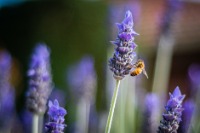
Cherish the bees!
Bees are having a hard time and their numbers are dwindling. Bees are such nessary creatures of nature. They polinate flowers, so the fruits and vegetables will occur and they work hard on producing that gold delicacy called honey. In your eco-friendly garden you can help the bees and this is what you could do. A big NO-NO, once again, is to use chemical products and fertilizer in your garden. This will poison them.
Bees need pollen, so here are some plants to add to your garden that have great attracting nectar for those lovely bees: Sage, Echinacea, Basil, Joe–Pye weed, English Lavender, Californian Lilac and Aster.
Grow your own organic fruits and vegetables
Do you like to dedicate a piece of your garden for a vegetable patch?
You can start with some herbs, like rosemary and bay leave. These plants will grow for years to come. Maybe add an apple tree or gooseberry plant? Then you could go for tomatoes and cucumbers, although cucumbers need a lot of water to grow and thrive. Do you like strawberries?Why not add a few of them in your patch. Sweet pees are also a good plant to add, and who knows your kids may eat them up like candy.
Use your own produced compost or find a good organic substitute and find natural ways of keeping your plants healthy.
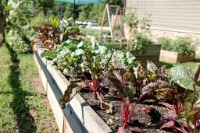
If you are interested in knowing more about Organic gardening and want to dive in further why not start at Organic Gardening Practiality? They wrote a book that will help you at getting started with organic gardening and help you avoid the pitfalls of organic gardening. So with this knowledge you will soon be on your way to be that organic gardener that does its part for nature and make a sustainable eco-friendly garden.
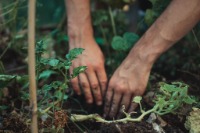
Well soon to be(e) organic gardener, Hopefully this will inspire you to take action in your own garden that will contribute to a better way of living.
If you want to be informed about a next blog or more news about what you can do to contribute to nature and a better eco-climate why not subscribe to the newsletter?

